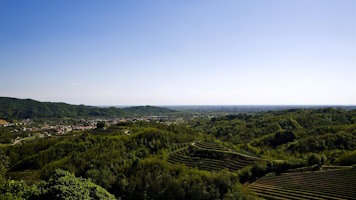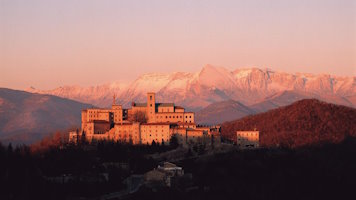Cicigolis/Scigla Rural Village
The toponym Cicigolis (in Slovenian Scigla) has uncertain origins, possibly deriving from the Latin "ciciculus" or "cicicula" or the Slovenian "cigla," to indicate a particular type of vine. The village, mentioned in a 1411 document concerning the Bank of Antro, stands on a terrace overlooking the Natisone River, about 200 meters from the riverbank, with a compact structure of houses and cottages.
At the center of the village, there is a small square bordered by a row of large buildings with porticoes and loggias facing the open space. On the other side, a semicircular row of lower buildings forms the backdrop for the public area of the village, where community activities took place. The architectural structure has preserved the characteristics of traditional architecture, and some restored buildings hold historical and cultural value. The long, articulated row at the entrance of the village showcases buildings dating back to the 18th century, with an older central part.
The residential units have ground floor entrances, stairs, and balconies leading to the rooms on the upper floor. The balconies feature elegant details: chestnut wood boards with perforated inlays that rhythmically support the handrail, or vertical slats detached from the floor with a band of diagonal elements forming a diamond pattern.
To the northwest, there are nine scattered buildings (kasoni), used during mountain pastures, or as barns

ph. Giorgio Bianchi, Archive MCC

ph. Giorgio Bianchi, Archive MCC

ph. Giorgio Bianchi, Archive MCC

ph. Giorgio Bianchi, Archive MCC














